Are you looking for a good book to get for a Christmas present? Check out my old book reviews here. Getting books under the tree is always a joy (in my book!). 😉
This group of books seems to have a theme: lost children and finding people! I don’t know how that happened. But there were several very good books that I read lately, so here they are:
1 ) The Child Finder by Rene Denfeld
I don’t know if I can do this book justice. It’s not what it seemed. It wasn’t a mystery novel, not really, even though there is a mystery. It wasn’t gritty, even though the subject matter is gritty. It was a beautiful, artful, passionate and dark book that ends with light and happiness and hope. This was an amazing story, an amazing book, almost like poetry.
Naomi is “the child finder.” She has an ability to find missing children, even if it’s not a happy ending when she finds them. Why is she such a good investigator? Because she was once a missing child, too. The story is about Naomi’s past (which I wish they had spent a little more time fleshing out) and Naomi trying to find two separate kids. The story also takes place in the glacier wilderness of Oregon, which I enjoyed. I loved the story, I loved the ending, I loved the characters. They were so well-written. My only problem with the book is that it was too short–I read it in ONE day–and I wanted more!
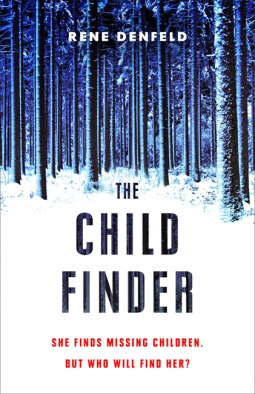
2 ) Cork Dork: A Wine-Fueled Adventure Among the Obsessive Sommeliers, Big Bottle Hunters and Rogue Scientists Who Taught Me to Live for Taste by Bianca Bosker
“Wine is the intellectual part of the meal.” – Alexandre Dumas
Bianca Bosker was a writer who decided to change her career and study to become a sommeliers. It’s an exclusive club, a difficult journey, and an expensive one. For the next year and a half she befriended other sommeliers (and ones that were trying to become certified as sommeliers) to learn everything she could from them.
It’s a memoir about her journey, what she learned, the process of becoming a sommelier and the people she met along the way. She shared lots of informative things about wine and the restaurant business for readers:
“I now understood that restaurants would generally charge me as much for a glass of wine as they’d paid wholesale for a bottle, and I’d be charged about four times that to buy the bottle from them. [pg 21]”
She described “gimme” wines:
“They could charge more because most drinkers see a familiar grape, go on autopilot, and think, Give it to me; I don’t care what it costs. Those wines were status symbols and safe standbys. [pg 21]”
She went to a lot of tastings with professional and budding-professional sommeliers. The advice? “Do not swallow or you will be dead. [pg 44]”
What I liked about the book was the interesting information about wine tasting, how to wine taste, how to discover a wine just by taste and sight (she went to a lot of blind tastings, which sounds fun and interesting!). I wanted to share some of her tips for the process here:
“Step One: Look at it. Thick slow tears with clear definition suggest the wine has higher alcohol levels, where thin, quick tears, or wine that falls in sheets, hint at lower alcohol levels.
Next: smell. Always.
Now you can sip. Swish the wine around your mouth, then purse your lips like you’re about to say “oh no” and suck in air over the wine so it feels like it’s bubbling on your tongue. “Aerating” the wine.”
Next, spit it out or swallow. Place the tip of your tongue against the roof of your mouth, and pay attention to how much you salivate. A lot or a little? Swimming pool or sprinkler? If you opened your mouth would you drool? If so, you’re tasting a higher-acid wine. If not, it’s likely a lower-acid wine.
The more a drink burns, the more alcohol it contains.
Tannins are more a texture than a taste, and therefore distinct from whether the wine is “dry,” which refers to the absence of sweetness. Tannins leave your mouth feeling dried out and grippy. [pg 46]”
It was cool to read about that and have things explained I’ve always wondered about.
Overall, the book was pretty good. It was really interesting and descriptive and made me want to take a class to learn more about the process of tasting (other than just drinking LOL). The one thing I didn’t like about the book was that it felt a little long and rambling in some places. It definitely needed some editing down. Despite that, I recommend the book.
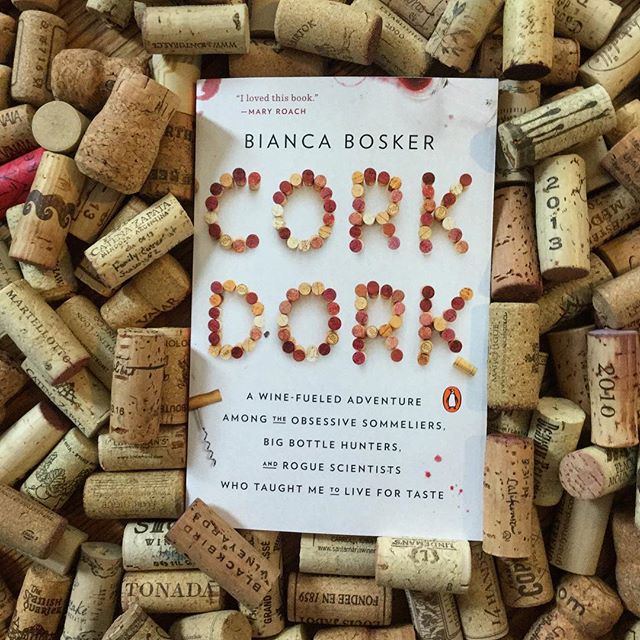
3 ) The Burn Journals by Brent Runyon
I’m not sure how to rate this book, honestly. I read it for my book club and it was a decent book. I feel like it’s worth reading because of the experience Brent went through but it definitely reads like a YA novel, so the voice feels very juvenile.
In 1991 Brent was 14 or so and had been preoccupied with suicide and fire. Seemingly unprompted, he douses his bathrobe with gasoline and sets himself on fire. He’s rescued and the memoir is about his different experiences in the hospitals and burn units he spent the next 7 months in.
I found the descriptions of the healing process interesting. I don’t know a lot about what burn victims go through, so that was informative. The story is told in a raw, but juvenile, way and I think any reader would feel like they were transported to their own teen years when your life revolved around friends, school, cliques, dramas, bad grades, etc.
The one thing that really bugged me most about the book was, though, was that the author never really expressed exactly what caused him to want to kill himself. He had friends, he seemed popular in school, there was nothing that really stood out as a red flag to me for depression…maybe the author just chose not to include what was really going on and what led him to want to kill himself? If that was the case, then it seems to me that the author never really addressed it and that made the story seem a little emotionally stunted to me.
There were glimpses throughout Brent’s time in the burn unit (and in group therapy) where he realizes that life is worth fighting for and that suicide is not the option. He lives with a deep regret for what he did to his family, and to his body, even if he’s not very good at expressing it out loud to his family members.
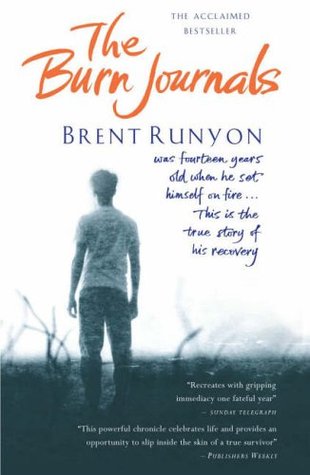
4 ) He Said/She Said by Erin Kelly
I absolutely LOVED her other book, “The Burning Air”. This new book was pretty good. The author writes revenge really well.
This particular story felt very relevant. The book starts out in 1999 in Cornwall. Kit and Laura are in their early 20’s and travel to a festival to see a total eclipse. Laura interrupts a rape and helps the woman, Beth. The story unfolds from there–Beth is appreciative and Laura becomes friends with her, feeling sorry for her plight. But Beth is not what she seems. Laura and Kit begin to regret allowing Beth into their lives.
After some scary things happen, Kit and Laura change their names, move away and go off the grid. But Beth finds them again.
The story is told in flashbacks and current times and from Laura and Kit’s point of view, so each chapter is a little bit of the puzzle. I was completely surprised by the twist at the ending and it was really, really good!
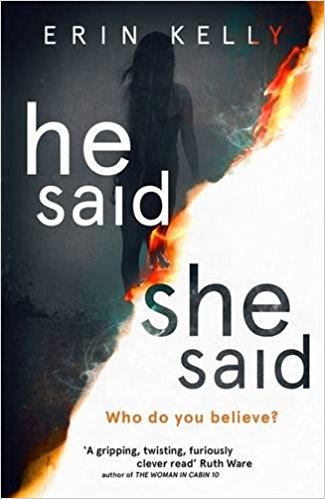
5 ) The Child by Fiona Barton
An old house in London is being torn down and the workers find a tiny skeleton. Kate Waters is a journalist with her job on the line–in the days of online media, print journalism is on it’s way out and half the reporters are being laid off. She needs a big story in a big way. The discovery of a dead newborn that may or may not be the infamous “Baby Alice” is just the investigation she needs.
The story is told from several points of view. The main character is Kate, the investigative journalist who uncovers a lot of creepy threads to this story. The next is Angela, the distraught mother of baby Alice who was kidnapped when she was only 1 day old and never found. There are a few other characters and you aren’t sure quite how their stories fit in, but at the end it makes total sense and it was really well done!
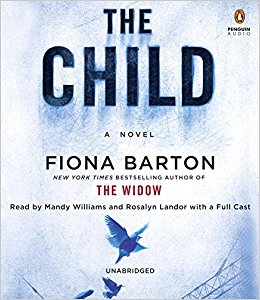
6 ) I Found You by Lisa Jewell
What an unexpected surprise! I was on the fence about the book. This was another story told by different points of views in different time periods and while I find that method of storytelling somewhat tired and overdone, the ending of this book was quite a surprise, so it worked.
In the current story time, Alice discovers a strange man on the beach by her house in England who can’t remember who he was or where he came from. She takes him in and gives him shelter, trying to help him remember who he was.
At the same time, in London, Lily discovers her new husband has vanished. She is worried and calls the police, only to find out that his passport and name are fakes. Who is her husband? Where is he?
Then the story flashbacks 20-something years where two teens, (brother and sister Gray and Kirsty), are tortured by a psychopath who has become obsessed with Kirsty.
Like I said, I was on the fence with the book at the beginning, mostly because I couldn’t tell yet why the Gray and Kirsty storyline was important but once I did, the book really took off. I absolutely loved the way the end wrapped everything up. Very well done.
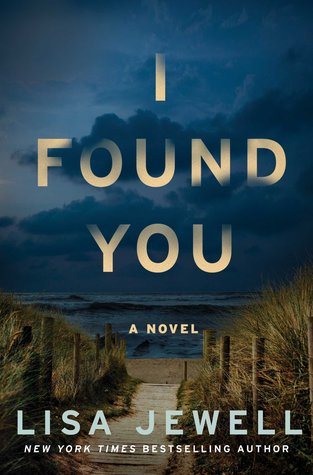
7 ) After the Party by Lisa Jewell
Ralph and Jem have been together for a decade, through their fun-loving party days in their 20’s to having kids. The romantic nights just the two of them change with the addition of a few little ones and they find themselves growing up and growing apart from each other. Ralph, an artist, is preoccupied with his lifestyle and doesn’t help out with the kids like he should. Jem feels like she’s losing who she used to be before kids.
I liked a lot of aspects about this book. I feel like anyone in a long-term relationship with little kids can relate to a lot of this book. That’s why I’d recommend it. It wasn’t necessarily an outstanding book, though, so just know going in that it’s a bit chick-lit. (I guess this is a sequel, too, but I didn’t know that when I got the book and it didn’t seem to really matter that I hadn’t read book #1.)
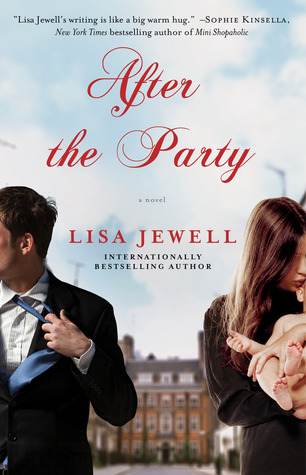
Happy Reading!
These posts have Amazon affiliate links.
Marianne
I just love your book reviews.
Lisa Eirene
Thanks Marianne!